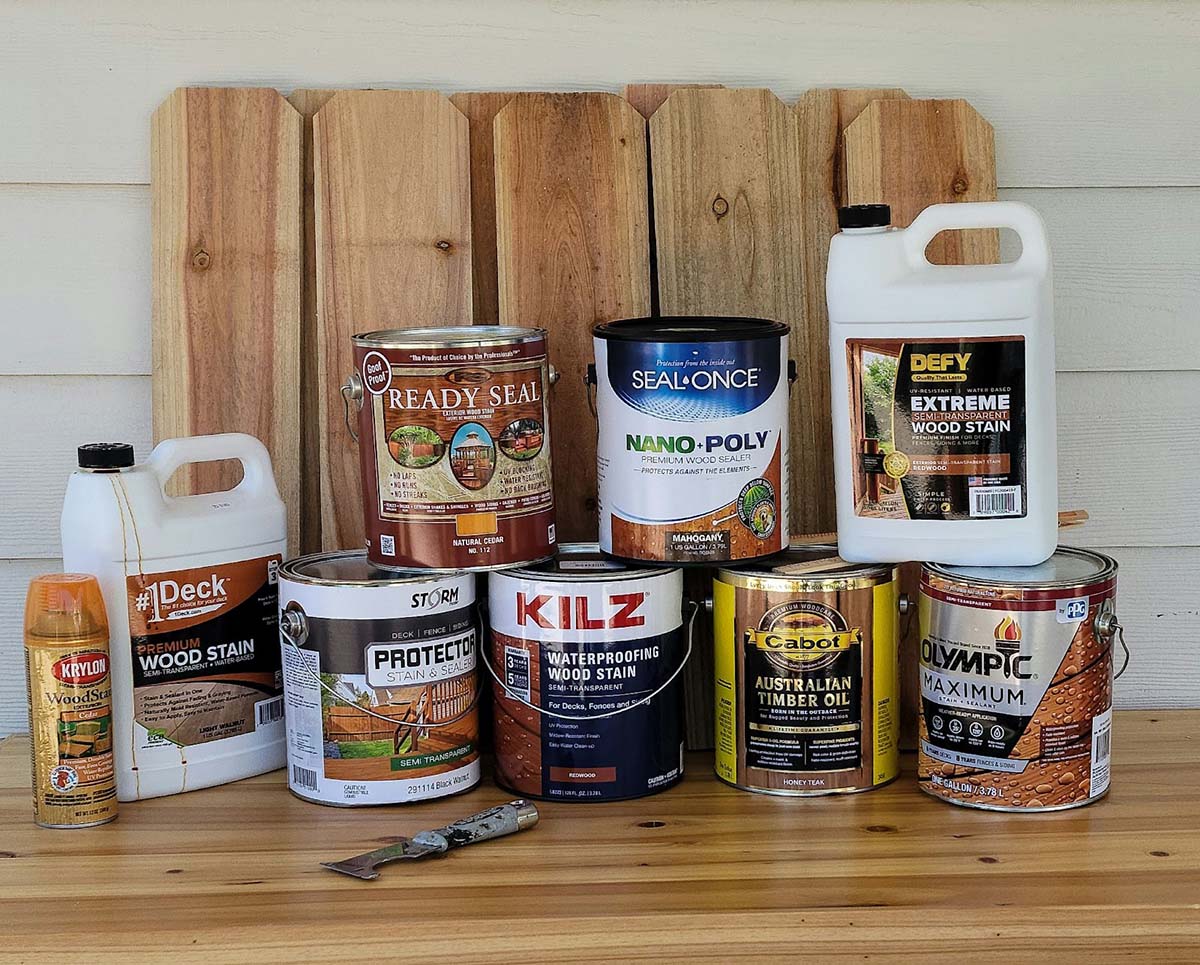

Articles
What Is The Best Stain For A Fence
Modified: December 7, 2023
Find out what the best stain for a fence is and get expert advice with our informative articles.
(Many of the links in this article redirect to a specific reviewed product. Your purchase of these products through affiliate links helps to generate commission for Storables.com, at no extra cost. Learn more)
Introduction
When it comes to maintaining and protecting your fence, choosing the right stain is crucial. A quality stain not only enhances the appearance of your fence but also provides essential protection against weathering, UV rays, and other potential damage. With so many options available on the market, it can be overwhelming to determine the best stain for your fence. In this article, we will explore the different factors to consider and help you make an informed decision.
Before diving into the specifics of different stain types, it’s essential to have a clear understanding of your goals and preferences. Are you looking to preserve the natural beauty of the wood or prefer a solid color finish? Do you want a stain that requires minimal maintenance, or are you willing to invest in regular upkeep for maximum durability? These factors will guide you in selecting the right stain that aligns with your needs.
In addition to personal preferences, there are a few key factors to keep in mind when choosing a fence stain:
- Wood type: Different wood species have varying levels of natural oils and absorb stains differently. Understanding the type of wood used for your fence will help you select a stain that penetrates and adheres effectively.
- Desired finish: Determine whether you want a transparent, semi-transparent, or solid color finish. Transparent stains allow the natural grain to show through, while solid color stains offer a painted appearance.
- Protection: Consider the level of protection your fence needs. If your fence is exposed to harsh weather conditions or heavy foot traffic, you may want to choose a stain with enhanced durability and resistance against moisture, UV rays, and mildew.
- Application method: Some stains are designed for brush application, while others can be sprayed or rolled on. Ensure compatibility with your preferred application method to ensure ease and efficiency during the staining process.
Now that we have a foundation of what to consider let’s explore the different types of stains available for your fence, their characteristics, and the pros and cons of each.
Key Takeaways:
- Choose the right fence stain by considering wood type, desired finish, level of protection, and application method. Oil-based stains offer deep penetration and durability, while water-based stains provide quick drying and low VOC options.
- Environmental factors such as climate, sun exposure, and moisture levels should be considered when selecting a fence stain. Proper application and maintenance are essential for preserving the appearance and protection of the stain over time.
Read more: When To Stain New Fence
Factors to Consider When Choosing a Stain for a Fence
Before diving into the different types of fence stains, it’s important to consider some key factors that will influence your decision. By understanding these factors, you can narrow down your options and select the stain that best suits your needs.
- Wood Type: The type of wood used for your fence plays a significant role in stain selection. Different wood species have variations in grain patterns, absorption rates, and natural oils. Softwoods such as pine and cedar tend to absorb stains more readily, while hardwoods like oak and mahogany may require a stain with higher pigmentation.
- Desired Finish: Determine the look you want to achieve with your fence. Transparent stains allow the natural beauty of the wood grain to shine through, providing a more subtle appearance. On the other hand, solid color stains offer a more opaque finish, providing a painted look that can hide imperfections in the wood.
- Level of Protection: Consider the level of protection your fence needs. If your fence is exposed to harsh weather conditions, such as intense sunlight, heavy rain, or extreme temperatures, you’ll want to choose a stain that offers UV resistance and protection against moisture, mold, and mildew.
- Environmentally Friendly Options: If eco-friendliness is a priority, look for stains that are labeled as low-VOC (volatile organic compounds) or water-based. These stains have fewer harmful chemicals and are safer for the environment.
- Application and Maintenance: Consider the ease of application and maintenance requirements of the stain. Some stains may require multiple coats or special application techniques, while others can be easily applied with a brush or sprayer. Additionally, look for stains that offer long-lasting protection and are easy to clean and maintain over time.
By taking these factors into account, you can narrow down your options and make a more informed decision when choosing the best stain for your fence. Now, let’s explore the different types of stains available and their characteristics to help you determine which one is right for you.
Oil-Based Stains
One popular type of stain for fences is oil-based stains. These stains are known for their rich, deep penetration into the wood and long-lasting durability. Here are some key characteristics and benefits of oil-based stains:
- Penetration: Oil-based stains have excellent penetrating capabilities, allowing them to seep deep into the wood fibers. This helps to nourish and protect the wood from within.
- Enhanced Color: Oil-based stains enhance the natural color and grain of the wood, creating a warm and inviting appearance. They can provide a beautiful finish that showcases the wood’s natural beauty.
- Moisture Protection: Oil-based stains offer superior water repellency, making them ideal for fences that are exposed to frequent moisture. The protective barrier helps to prevent rot, warping, and cracking caused by excess moisture.
- Longevity: Due to their deep penetration and durability, oil-based stains tend to have a longer lifespan compared to other types of stains. With proper application and maintenance, they can provide years of protection and beauty to your fence.
- UV Protection: Many oil-based stains contain UV inhibitors that protect the wood from the damaging effects of the sun’s rays. This helps to prevent fading, graying, and deterioration of the wood over time.
- Reapplication: While oil-based stains offer long-lasting protection, they may require more frequent reapplication compared to other stain types. The wear and tear from weather conditions and foot traffic may necessitate recoating every few years.
When applying an oil-based stain, proper surface preparation is essential. Make sure the wood is clean, dry, and free of any peeling or loose finish. Use a brush, roller, or sprayer to apply the stain evenly, following the manufacturer’s instructions for drying time and recoating. It’s important to note that oil-based stains may have a strong odor and require adequate ventilation during application.
Overall, oil-based stains are a popular choice for fence staining due to their deep penetration, durability, and ability to enhance the natural beauty of the wood. However, they may require more frequent maintenance and have a longer drying time compared to other stains. Consider the specific needs of your fence and the desired outcome when deciding if an oil-based stain is the right choice for you.
Water-Based Stains
Another option to consider when choosing a stain for your fence is water-based stains. These stains offer several advantages and are a popular choice for many homeowners. Here are some key characteristics and benefits of water-based stains:
- Low VOC: Water-based stains are typically low in volatile organic compounds (VOCs), making them a more environmentally friendly option. They have fewer harmful chemicals and emit fewer fumes during application.
- Quick Drying: One of the main advantages of water-based stains is their fast drying time. They dry more quickly than oil-based stains, allowing for faster project completion and reduced waiting time between coats.
- Ease of Cleanup: Water-based stains are easy to clean up with soap and water, making the cleanup process much simpler compared to oil-based stains that require paint thinners or solvents.
- Color Variety: Water-based stains are available in a wide range of colors, allowing you to choose the shade that best suits your aesthetic preferences. Whether you prefer a natural wood tone or a bold, vibrant color, there are water-based stains to fit your needs.
- Minimal Odor: Water-based stains have a lower odor compared to oil-based stains, making them a more pleasant option for indoor or enclosed spaces.
- Protection and Durability: Water-based stains provide excellent protection against UV rays, moisture, and mildew. They help to prevent fading, graying, and wood damage, ultimately extending the life of your fence.
- Reapplication: Depending on the level of exposure to weather conditions and foot traffic, water-based stains may require more frequent reapplication compared to oil-based stains. Regular monitoring and maintenance will ensure that your fence remains properly protected.
When applying a water-based stain, similar surface preparation steps should be followed. Make sure the wood is clean, dry, and free from any loose or peeling finish. Apply the stain evenly using a brush, roller, or sprayer, following the manufacturer’s instructions for drying time and recoating.
Water-based stains offer a variety of benefits, including ease of use, quick drying time, and environmental friendliness. They are a suitable option for those who prefer a low-VOC and odor-free staining process, and they come in a wide range of colors to meet your design preferences. Consider these factors when deciding if water-based stains are the best choice for your fence.
Solid Color Stains
If you prefer a more opaque and uniform finish for your fence, solid color stains are an excellent option to consider. These stains provide a painted look while still allowing the texture and grain of the wood to show through. Here are some key characteristics and benefits of solid color stains:
- Uniform Appearance: Solid color stains offer a consistent and even finish, effectively covering the natural variations in the wood. This makes them an ideal choice if you want to hide imperfections or inconsistencies in your fence.
- UV Protection: Solid color stains provide excellent protection against the sun’s harmful UV rays. They help prevent fading, discoloration, and damage caused by prolonged exposure to sunlight.
- Maximum Protection: These stains form a durable protective barrier on the surface of the wood, shielding it from moisture, mold, mildew, and other environmental factors that can lead to rot and decay.
- Long-Lasting Finish: Solid color stains are known for their longevity. They typically require less frequent reapplication compared to transparent or semi-transparent stains, offering extended protection and maintaining the appearance of your fence for years.
- Color Options: Solid color stains come in a wide range of shades, allowing you to choose a color to match your style and preferences. From classic neutrals to vibrant hues, you have the freedom to customize the look and feel of your fence.
- Low Maintenance: Once applied, solid color stains require minimal maintenance. They are resistant to peeling and cracking, providing a hassle-free solution for busy homeowners.
- Surface Preparation: Proper surface preparation is crucial when applying solid color stains. Ensure that the wood is clean, dry, and free from any dirt, debris, or previous coatings. Sanding or power washing the fence may be necessary to create a smooth and even surface.
When applying a solid color stain, use a brush, roller, or sprayer to achieve an even and thorough application. Follow the manufacturer’s instructions regarding drying time and the number of coats required for optimal coverage.
Solid color stains offer a versatile and protective finish for your fence, providing a uniform appearance and maximum durability. Consider your desired level of coverage, color options, and long-term maintenance when deciding if a solid color stain is the best choice for enhancing and protecting your fence.
When choosing a stain for your fence, consider using a semi-transparent or solid color stain for the best protection against UV rays and moisture. Look for a stain with a high level of pigment and UV protection to ensure long-lasting color and durability.
Read more: How To Spray Stain A Fence
Semi-Transparent Stains
If you want to enhance the natural beauty of your fence while still providing protection, semi-transparent stains are an excellent choice. These stains offer a balance between transparency and color, allowing the wood’s texture and grain to show through. Here are some key characteristics and benefits of semi-transparent stains:
- Enhanced Wood Grain: Semi-transparent stains accentuate the natural beauty of the wood by highlighting the texture and grain. They provide a more subtle and nuanced appearance compared to solid color stains.
- Color Variation: These stains come in a range of colors that can add warmth and richness to your fence. From light shades to more intense tones, there are options available to suit various wood types and personal preferences.
- UV Protection: Semi-transparent stains offer moderate protection against the sun’s UV rays, helping to reduce fading and discoloration of the wood over time.
- Easy Application: These stains are easy to apply and tend to have a lower viscosity, allowing for smooth and even coverage. They are suitable for both brush and spray application methods.
- Recoating and Maintenance: Semi-transparent stains require periodic reapplication to maintain their color and protection. The frequency of recoating will depend on the level of exposure to weather conditions and foot traffic.
- Wood Preparation: Proper wood preparation is essential to ensure optimal results when using semi-transparent stains. Clean the wood surface thoroughly and remove any dirt, debris, or old stain or finish. Sanding may be necessary to create a smooth and uniform base.
- Preservation of Wood’s Natural Characteristics: Semi-transparent stains allow the wood to breathe, which is crucial for preventing moisture buildup and wood rot. They penetrate the wood fibers to provide protection from within without sacrificing the natural characteristics of the wood.
When applying a semi-transparent stain, follow the manufacturer’s instructions regarding drying time, number of coats, and recoating intervals. Use a brush or sprayer to ensure an even and uniform application.
Semi-transparent stains are an excellent choice if you want to enhance the natural beauty of your fence while still providing protection from the elements. Consider the range of color options, maintenance requirements, and the desired level of transparency when deciding if a semi-transparent stain is the best fit for your fence.
Environmental Factors to Consider
When choosing a stain for your fence, it’s important to take into account the specific environmental factors that can affect its longevity and performance. Understanding these factors will help you make an informed decision and select a stain that can withstand the challenges posed by your particular climate and surroundings. Here are some key environmental factors to consider:
- Climate: The climate in your region plays a significant role in the durability of your fence stain. If you live in an area with extreme temperatures, high humidity, or frequent rainfall, you’ll want to choose a stain that offers excellent water resistance, UV protection, and resistance to mold and mildew.
- Sun Exposure: If your fence is exposed to direct sunlight for extended periods, it’s crucial to choose a stain with robust UV protection. This will help prevent fading, discoloration, and damage caused by prolonged sun exposure.
- Rainfall and Moisture: If you live in an area with heavy rainfall or high humidity levels, it’s essential to choose a stain that offers superior water resistance. Look for stains that provide a protective barrier against moisture, preventing rot, warping, and mold growth.
- Temperature Changes: Drastic temperature fluctuations can cause wood to expand and contract, leading to cracks and other forms of damage. Choose a stain that can withstand these temperature changes, providing flexibility and durability to protect your fence.
- Proximity to Water Sources: If your fence is located near a pool, lake, or coastal area, it will be more susceptible to moisture damage. Consider a stain specifically designed for marine environments, which offers enhanced water resistance and protection against saltwater corrosion.
- Local Regulations: Before selecting a stain, it’s essential to check if there are any local regulations or restrictions pertaining to fence staining. Some areas may have specific rules on the type of stain or color you can use, especially in historic or conservation districts.
- Environmental Impact: If eco-friendliness is a priority for you, look for stains labeled as low-VOC (volatile organic compounds) or water-based. These stains have fewer harmful chemicals and are safer for the environment.
By considering these environmental factors, you can choose a fence stain that is well-suited to your specific climate and surroundings. It’s essential to strike a balance between aesthetics, durability, and eco-friendliness to ensure the longevity and performance of your fence stain.
Application and Maintenance Tips
Proper application and maintenance are essential for ensuring the longevity and appearance of your fence stain. Here are some helpful tips to guide you through the application process and ensure optimal results:
- Surface Preparation: The key to a successful stain application is proper surface preparation. Clean the surface of your fence thoroughly, removing any dirt, debris, or loose particles. If necessary, use a power washer or sand the wood to create a smooth and even surface.
- Follow Manufacturer’s Instructions: Each stain product may have specific instructions provided by the manufacturer. It’s important to carefully read and follow these instructions, including guidelines for application temperature, drying time, and the number of coats to apply.
- Use the Right Tools: Select the appropriate tools for applying the stain, such as brushes, rollers, or sprayers. Ensure that these tools are clean and in good condition to achieve an even and consistent application.
- Apply Evenly: When applying the stain, work in small sections and maintain a wet edge to avoid lap marks or uneven color distribution. Apply the stain in the direction of the wood grain to ensure proper coverage and penetration.
- Multiple Coats: Depending on the transparency of the stain and the desired intensity of color, multiple coats may be necessary. Allow each coat to dry before applying the next, following the recommended drying time provided by the manufacturer.
- Maintain Regularly: To extend the life of your fence stain, regular maintenance is crucial. Inspect the fence periodically for any signs of damage, such as peeling, cracking, or discoloration. Address any issues promptly by cleaning the surface and applying touch-ups or reapplying the stain as necessary.
- Protective Measures: Consider adding additional protective measures, such as sealants or topcoats, to enhance the durability and longevity of the stain. These can provide an extra layer of protection against moisture, UV rays, and other potential damage.
- Keep the Fence Clean: Regularly clean the fence to remove dirt, debris, and organic matter that can accumulate over time. Use a mild detergent and a soft brush or cloth to avoid damaging the stain.
- Monitor Environmental Factors: Pay attention to how your fence stain is holding up under various environmental conditions. If you notice excessive wear or degradation, it may be necessary to reapply the stain or consider a different type or brand that offers stronger protection.
By following these application and maintenance tips, you can ensure a successful and long-lasting result for your fence stain. Taking the time to properly apply and maintain the stain will help preserve the appearance of your fence and protect it from elements for years to come.
Conclusion
Choosing the best stain for your fence is an important decision that requires consideration of various factors. By understanding the characteristics and benefits of different stain types, you can make an informed choice that aligns with your preferences, desired finish, and environmental conditions.
Oil-based stains offer deep penetration, durability, and protection, making them a popular choice for many homeowners. Water-based stains, on the other hand, provide quick drying time, easy cleanup, and a low VOC option for those concerned about the environment.
If you prefer a more uniform finish, solid color stains offer excellent coverage and long-lasting protection. Alternatively, semi-transparent stains enhance the natural beauty of the wood grain, providing a subtle and nuanced appearance.
When selecting a fence stain, it’s crucial to consider environmental factors such as climate, sun exposure, moisture levels, and proximity to water sources. Additionally, proper application and maintenance play a vital role in ensuring the longevity and appearance of the stain.
As you embark on your fence staining journey, carefully follow the manufacturer’s instructions, use the appropriate tools, and apply the stain evenly. Regular maintenance and monitoring will help preserve the appearance and protection of the stain over the years.
Ultimately, the best stain for your fence will depend on your specific needs, preferences, and environmental factors. By considering all these factors and implementing proper staining techniques, you can enhance the beauty of your fence while providing essential protection against the elements.
Remember, a well-stained fence not only adds curb appeal to your property but also prolongs the life of the wood, allowing you to enjoy its beauty for years to come.
Frequently Asked Questions about What Is The Best Stain For A Fence
Was this page helpful?
At Storables.com, we guarantee accurate and reliable information. Our content, validated by Expert Board Contributors, is crafted following stringent Editorial Policies. We're committed to providing you with well-researched, expert-backed insights for all your informational needs.
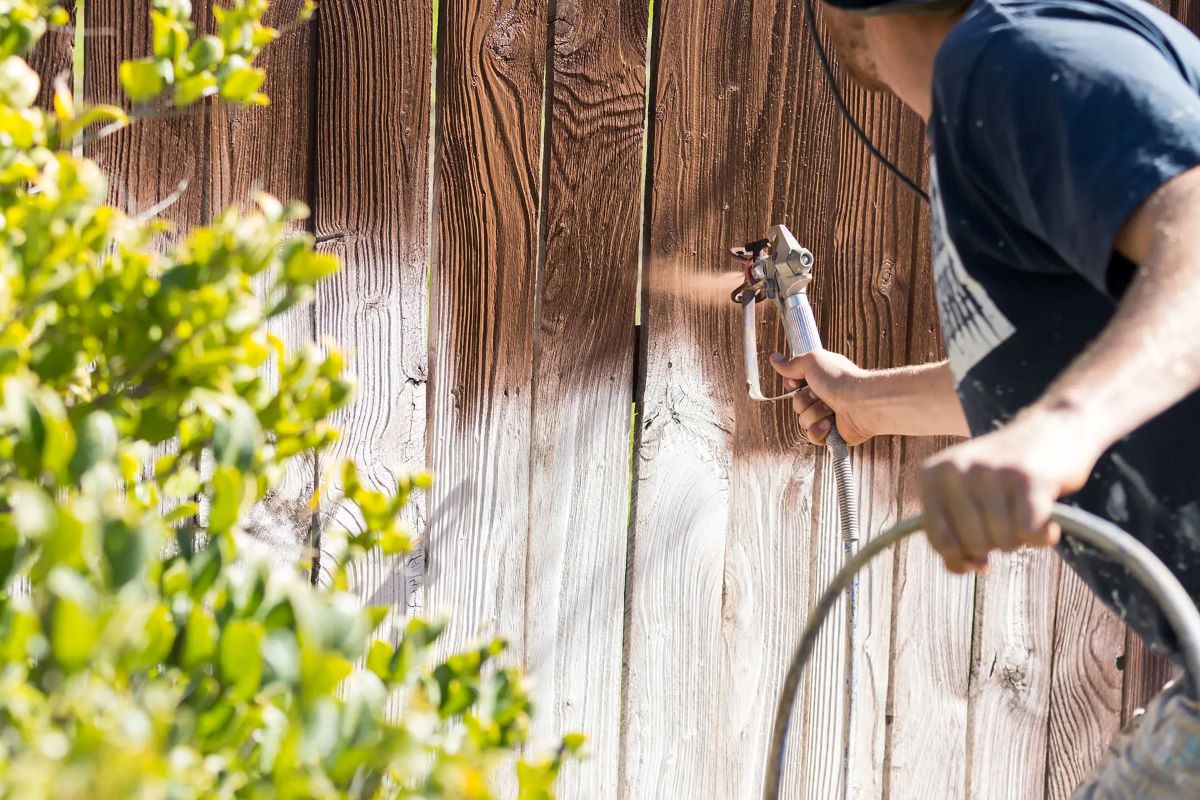
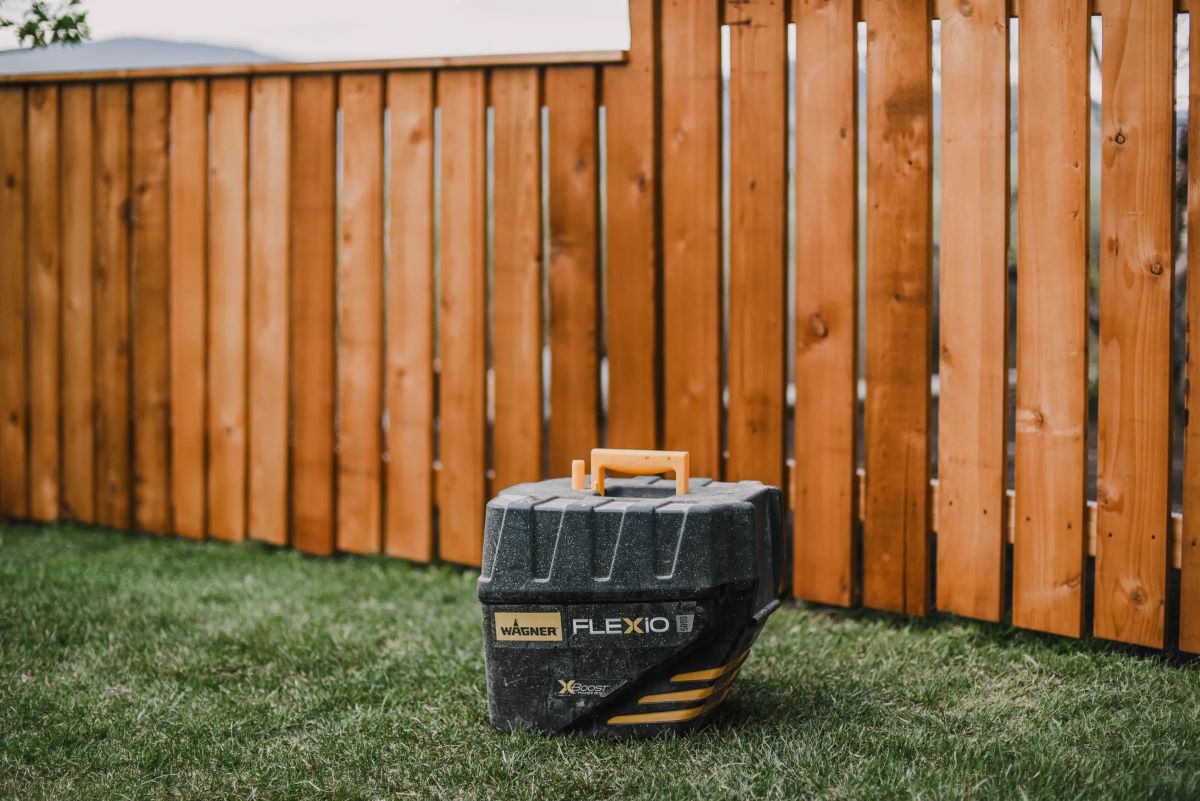
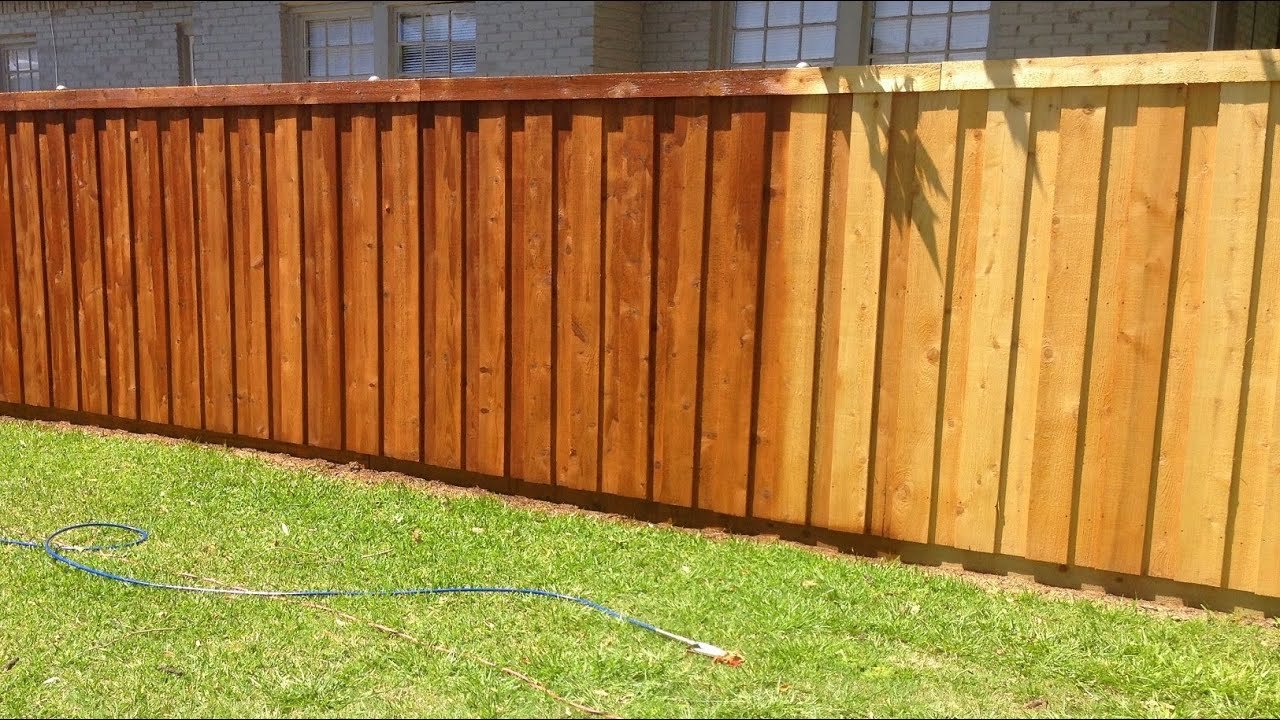
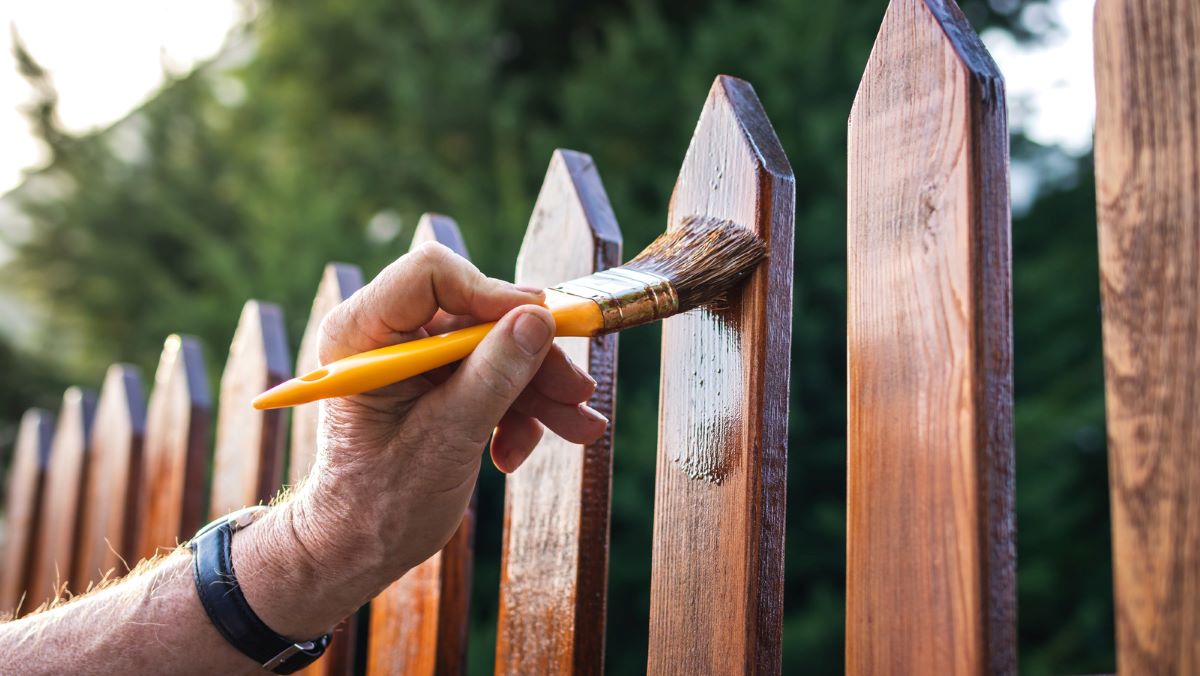
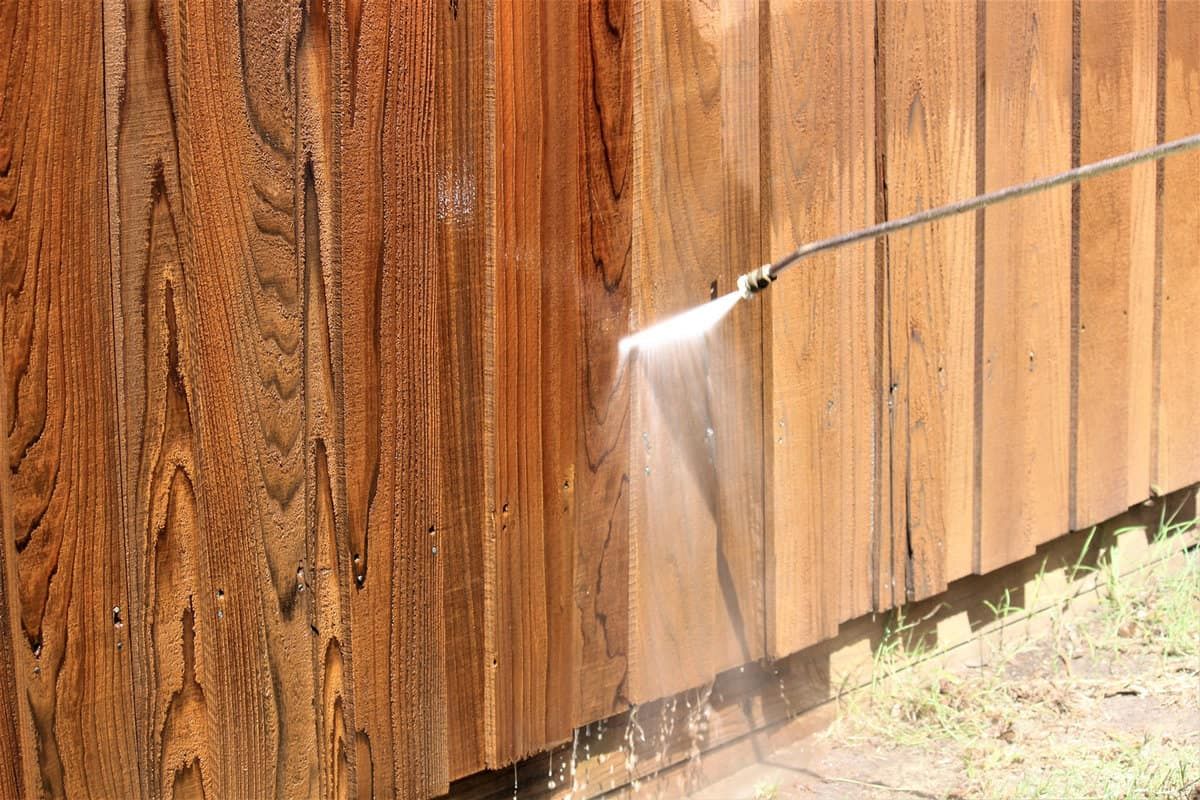
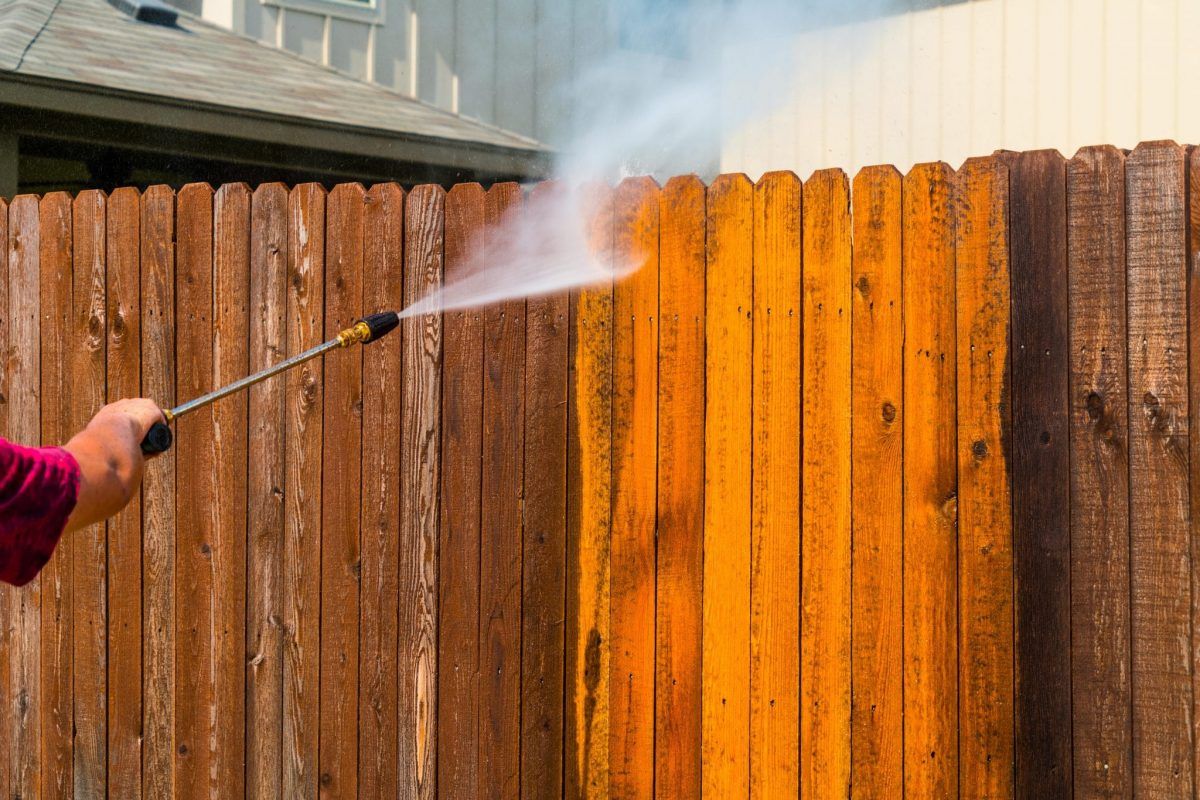
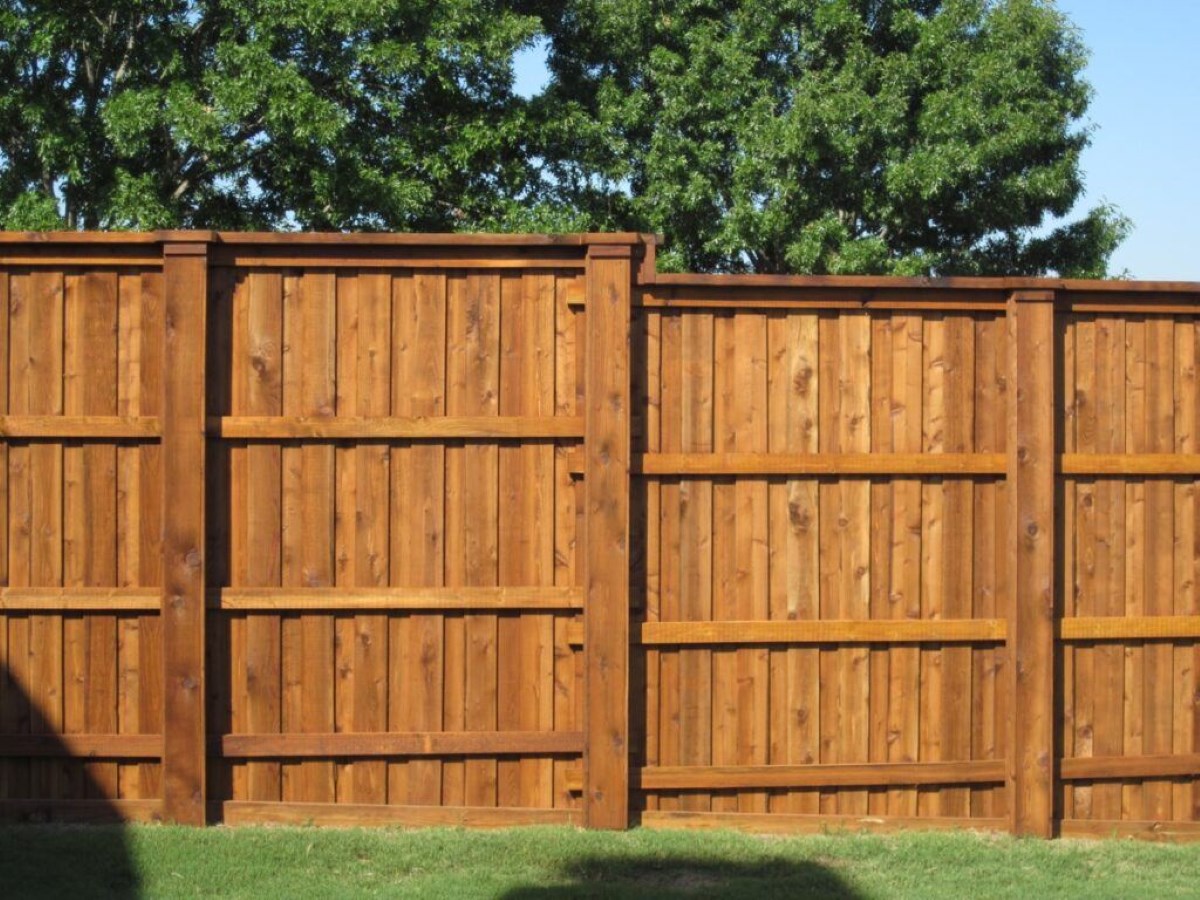

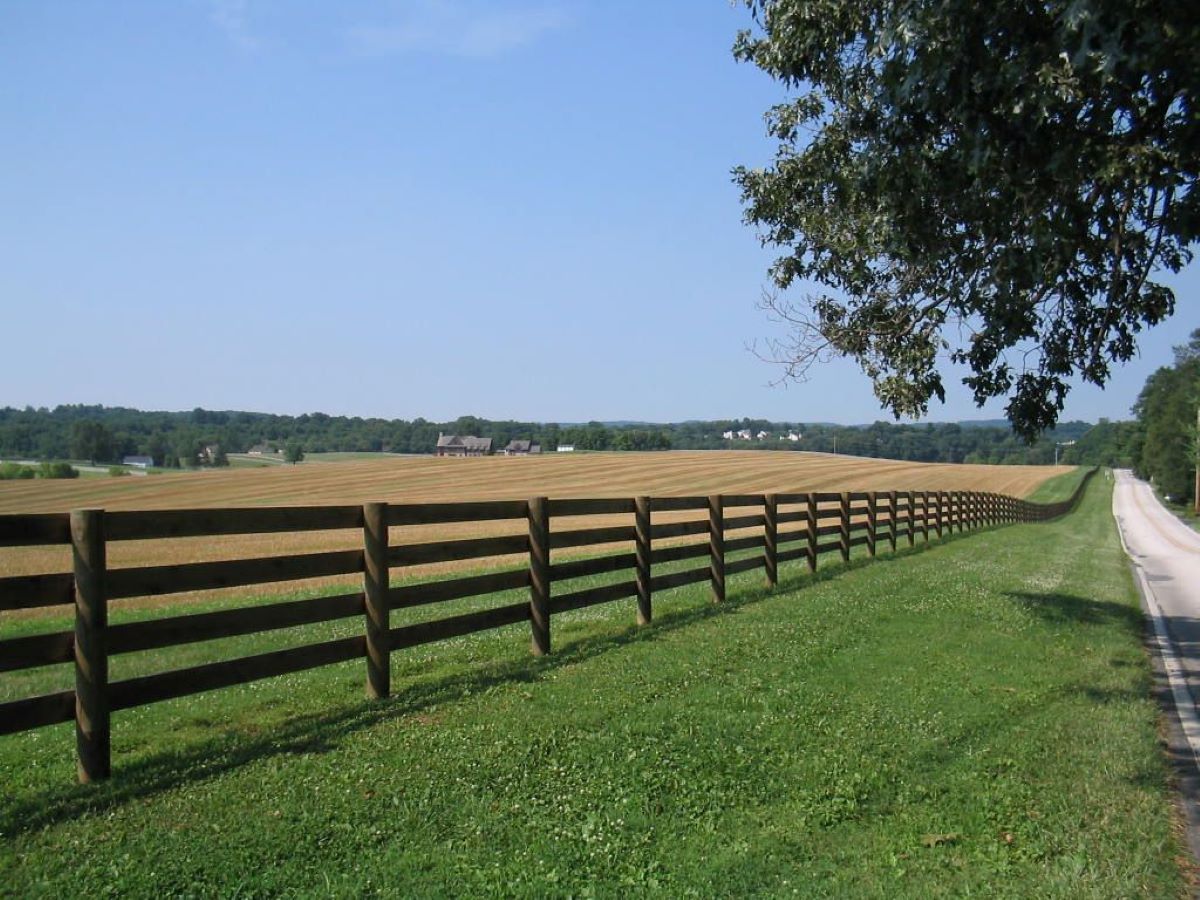
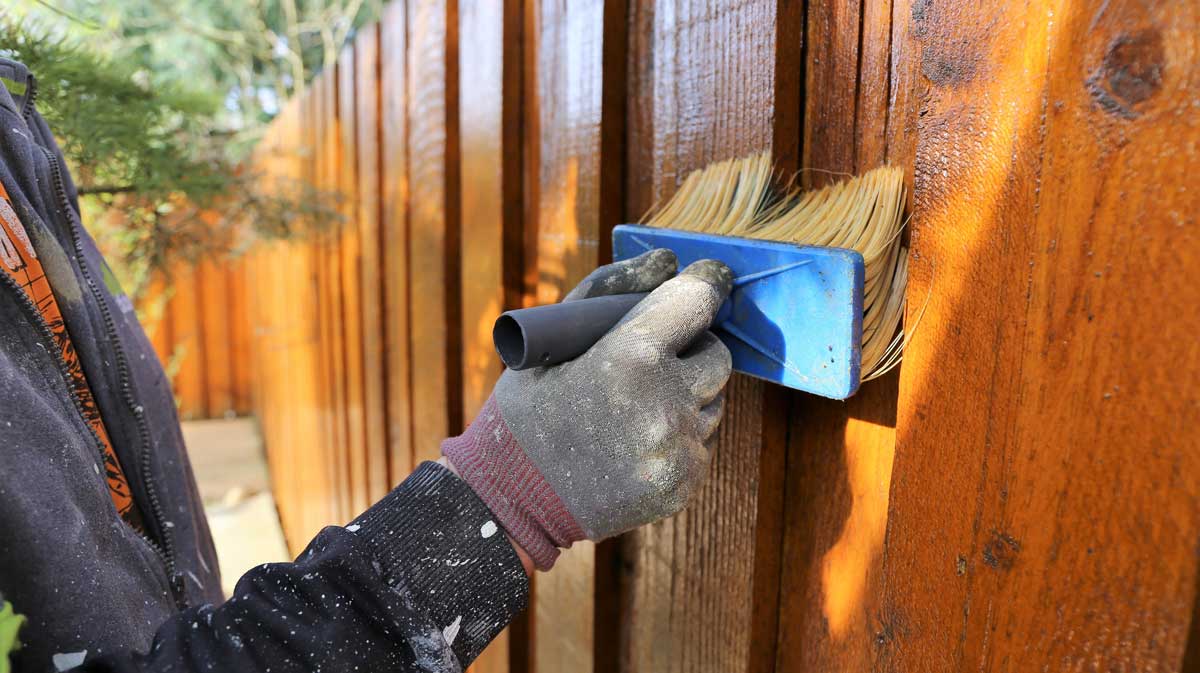
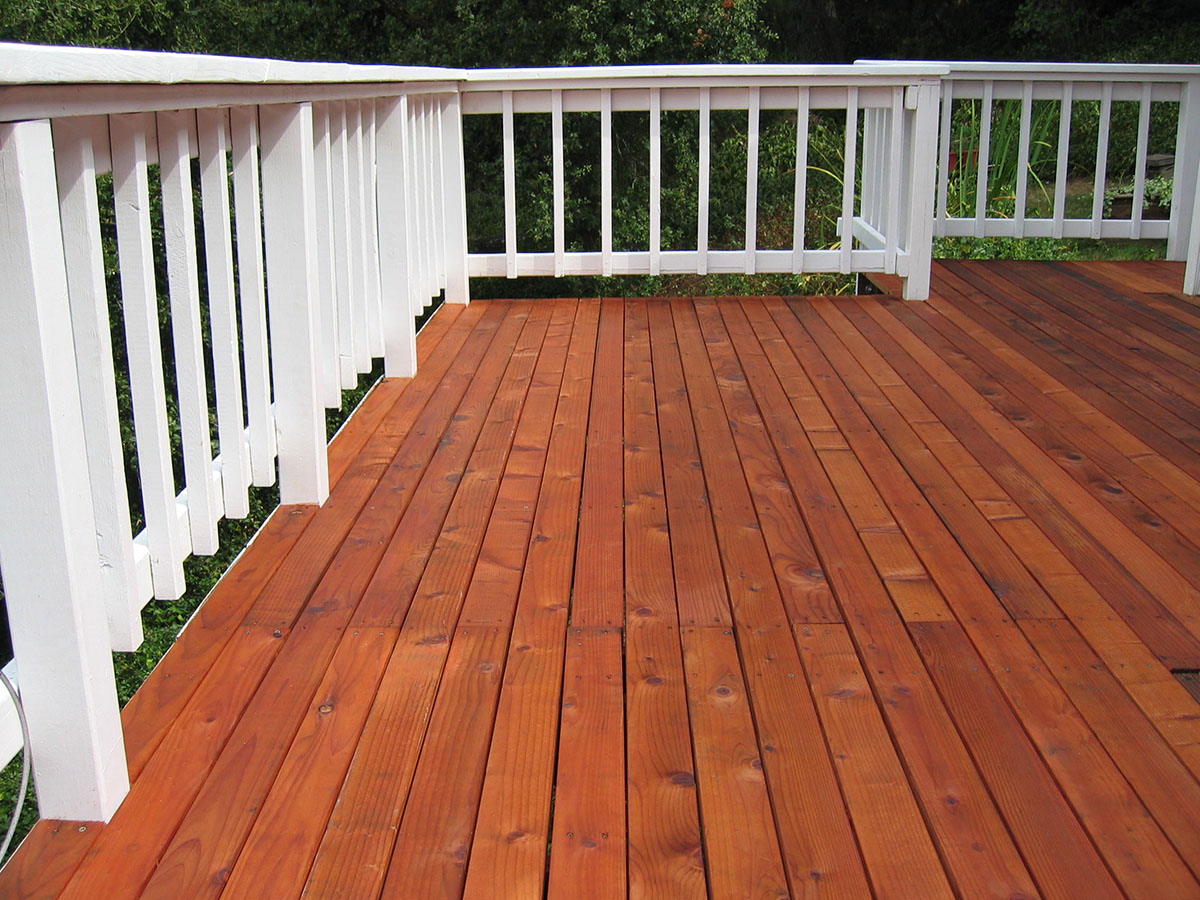

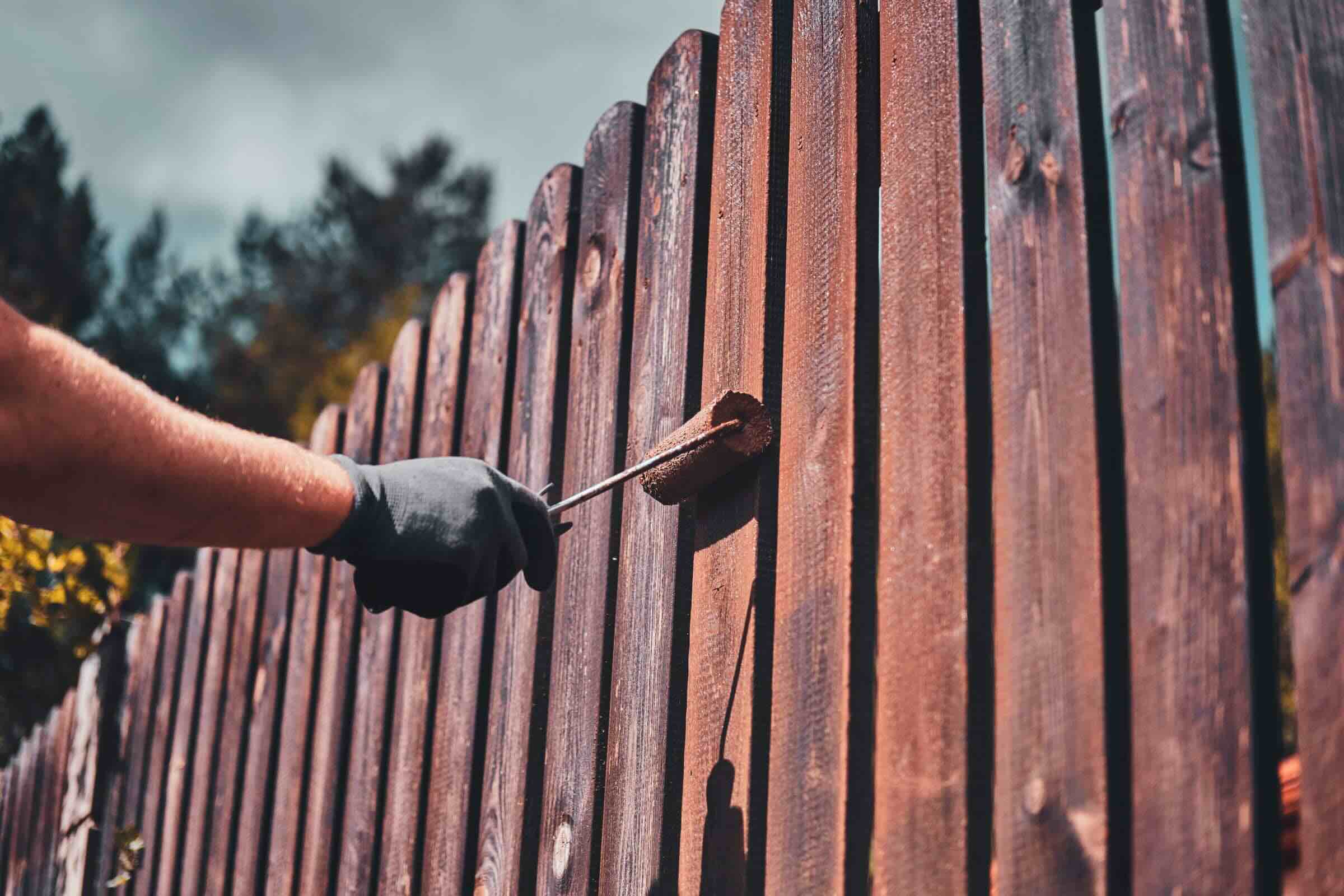
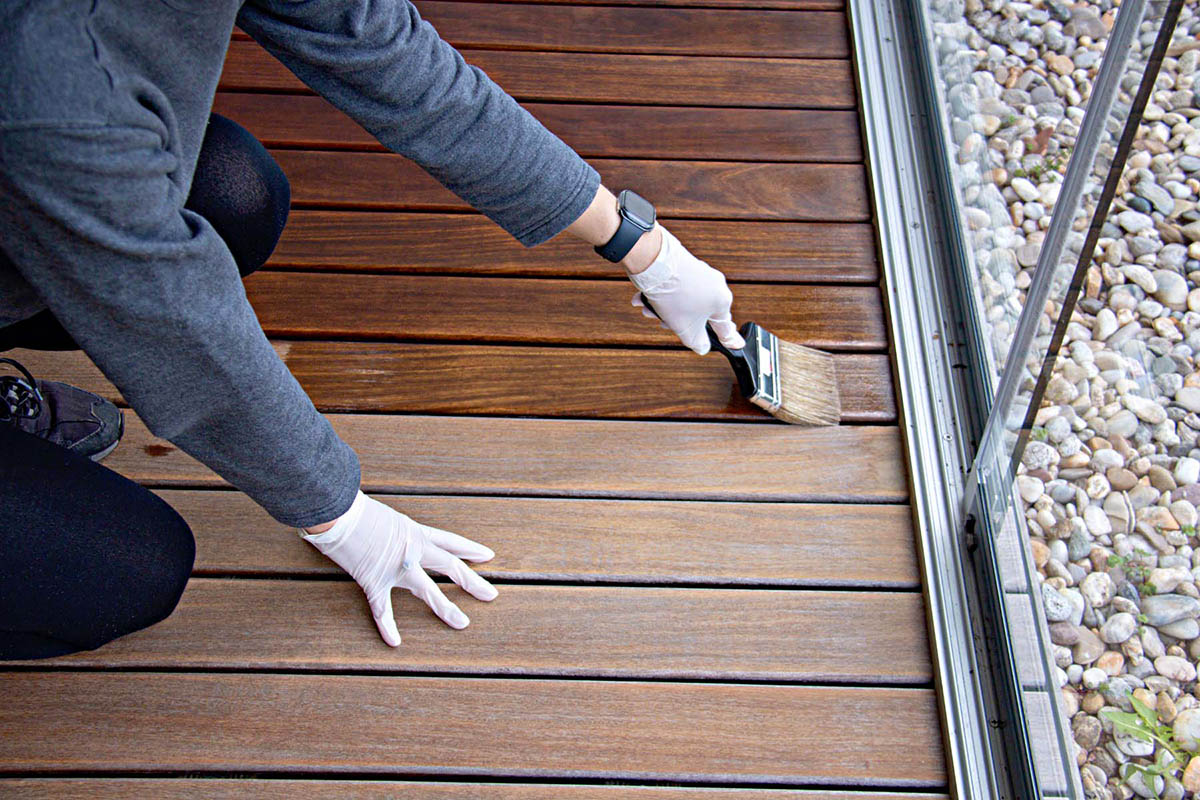

0 thoughts on “What Is The Best Stain For A Fence”